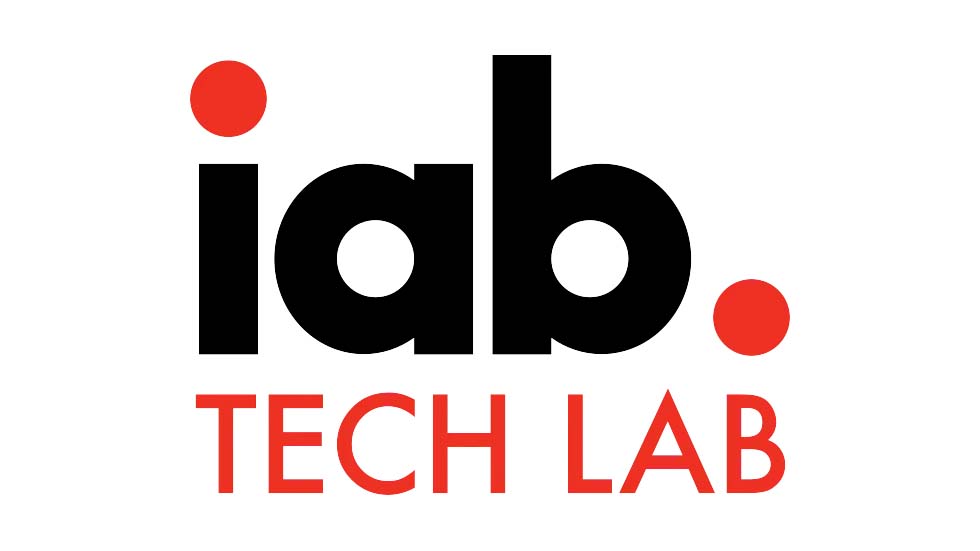Adobe pushes to bring Internet video to TV sets

Adobe Flash, long known as an infrastructure technology that brings advertising and video to personal computer screens, is poised to make a bigger splash as Adobe expands it to the home television screen.
At the recent NAB show, Adobe Systems, the multimedia software company that builds the tools to create Web sites using Flash, unveiled an ambitious television initiative, promising the first TV sets and set-top boxes to support Flash will arrive later this year. The company demonstrated what’s called the Adobe Flash Platform for the Digital Home.
Success for Adobe would mean the easy viewing of Internet video and the use of interactive media applications on a television set or mobile phone. Flash is already used for on the Web video-centric sites like YouTube, Facebook, Hulu.com and an increasing amount of interactive advertising.
For the production community, a single format for all video is an attractive prospect. It gets closer to the concept of creating content in a single format that can extend to all media outlets. For example, this year’s animated documentary “Waltz with Bashir,” from Sony Pictures Classics, was created with Flash. Such projects could then be distributed inexpensively across all media viewing devices.
Adobe acquired Flash in 2005 when it acquired Macromedia. The technology was then expanded from use with digital documents to the creation of multimedia tools. Today, about 80 percent of Web videos are now viewed using Flash. The technology is now on 98 percent of all computers, and about 40 percent of all mobile phones sold last year use it as well.
Adobe has signed partners including Intel, Broadcom, Atlantic Records, Comcast, Disney Interactive Media Group, Netflix, STMicroelectronics, The New York Times Company, NXP Semiconductors, and Sigma Designs. No television set manufacturers were announced at NAB.
Labeeb Ismail, vice president of technology at Comcast, said Comcast is working closely with Adobe to integrate the optimized Flash runtime with tru2way technology, enabling a new range of engaging, interactive services to consumers.
The professional video industry's #1 source for news, trends and product and tech information. Sign up below.
Adobe’s chief rival is Microsoft, whose Silverlight technology is now being used by Netflix and the BBC. The technology has been installed on 300 million personal computers since Silverlight became available six months ago.
Microsoft claims that Silverlight better supports 1080p HD video than Flash. Adobe executives responded that the new Flash for television sets will also support 1080p video.
Analysts don’t count Microsoft out for a single reason — its huge size. The software maker’s annual revenue is 17 times that of Adobe’s, giving Microsoft the ability to finance a long-term initiative in the market. Microsoft also has the popular Xbox 360 video game consoles that can stream to television sets.
What’s clear, however, is that Internet video playback is coming to the television set — offering new competition to both pay-TV providers and over-the-air broadcasters. About 80 percent of Web videos are now viewed using Flash. The developments at NAB make that a virtual certainty.
In addition to the Flash initiative, Adobe announced an update to its Premiere Pro video editing application and a new collaborative scriptwriting application called Story for film and broadcasting.
Premiere Pro CS4 4.1 improves control over RAW settings, when used with a soon-to-be-released plug-in for RED cameras. The update further enables Pro to import Avid Media Composer projects without recapturing media files, and includes fixes enabling full HD workflows with AJA Video, Blackmagic and Matrox video cards. Pro 4.1 is expected to be released in late May through the Adobe updater.
Story is in the “early stages of development” and will be integrated with other Creative Suite applications. Described as an “online and offline product,” it will tie into the preproduction stages of video workflows.
